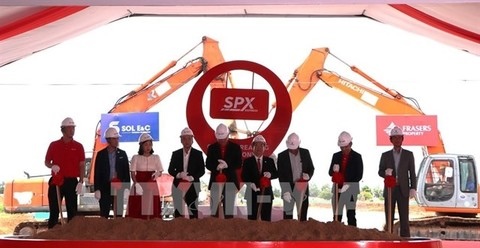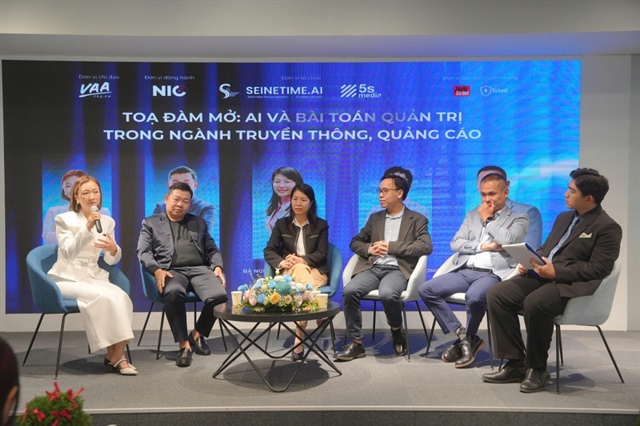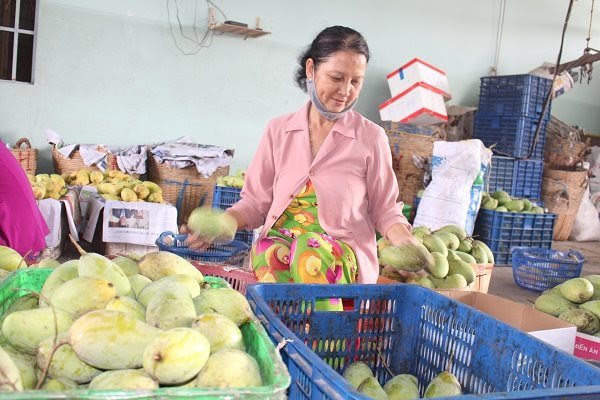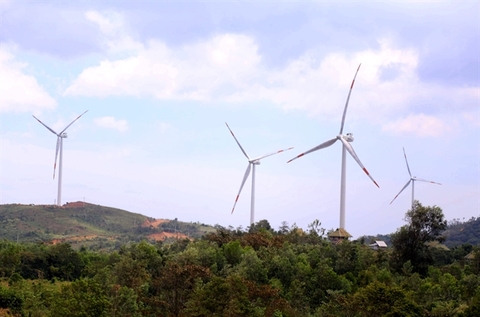Sturdy trade defences required to boost steel outputs
Sturdy trade defences required to boost steel outputs
Vietnam’s steel industry has had to compete with a rising amount of imported steel in the domestic market, and faces a number of anti-dumping investigations in export destinations. Trinh Khoi Nguyen, deputy chairman of the Vietnam Steel Association, gave VIR’s Phuong Thu his viewpoint on the main reasons for these difficulties and his outlook for the future.Many steel makers have recently reported that they are facing difficulties. What is your response to these developments?
The steel industry is facing many difficulties due to fierce competition from an increasing domestic supply, and cheap goods imported from China.
Thanks to the efforts of enterprises, production and sales of steel in the first six months of 2019 increased by 7.7 and 9.8 per cent on-year, respectively. In this time, steel exports reached 1.16 million tonnes, a considerable decrease in comparison with the same period in 2018.
Although consumption has grown in the country, the profitability of manufacturing enterprises has significantly fallen due to the oversupply situation and an increase in the price of raw materials, input fuels, and electricity prices.
Exported steel output has fallen. Is the main reason for this the pressure of the ongoing US-China trade war?
Yes, it is. According to the Vietnam Steel Association, steel exports to the United States account for 8.6 per cent of Vietnam’s total steel exports, whereas in 2018 the proportion to this market was about 14 per cent. The main products exported to the US are cold rolled steel products and metal-plated and colour-coated corrugated iron, accounting for about 80-85 per cent of total steel products exported to the US. This is of utmost concern as the US-China trade war is escalating.
If the trade war continues, the export of corrugated iron and steel will be significantly impacted. Not only that, other steel products and other market areas are in danger of being the object of trade prevention difficulties as Chinese products move to export strongly to Vietnam, causing domestic manufacturing enterprises to face unpredictable disadvantages.
With this pressure, how is the steel outlook, and what are your suggestions for the country to avoid a steel glut?
Excess steel supply in the world always causes instability in the market in general, and Vietnam is no exception. Moreover, in the domestic market, basic steel products have excess capacity. A number of major steel projects will continue to come into operation in 2019, which will exacerbate the situation of oversupply.
We suggest that investors should not be invited onto projects to create standard steel products where the supply is redundant. Instead, they should be encouraged to invest in production of alloy and high-quality steel.
In order to ensure growth and maintain the domestic market share, businesses need the state to strengthen protection for domestic production by using effective trade defence tools.
In the view of the Vietnam Steel Association, in this trend of global economic integration, countries can use trade remedies such as anti-dumping, anti-subsidy, and anti-dumping tax evasion and trade defense to protect homemade goods. At the same time, it is necessary to comply with World Trade Organization rules. In fact, by the end of 2018, ASEAN countries brought over 40 lawsuits against Chinese steel products. The European Union, the US, and many other countries have also initiated over 30 trade cases against Chinese steel.
Vietnam’s steel industry has had to compete with a rising amount of imported steel in the domestic market and faces a number of anti-dumping investigations in export destinations, as reported by the Ministry of Industry and Trade. Therefore, local firms should proactively approach and improve the competitiveness of its products, diversify export markets to avoid risks, and comply with trade law, as well as provide honest up-to-date information to investigating agencies in other countries as a gesture of goodwill.




















